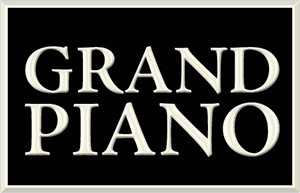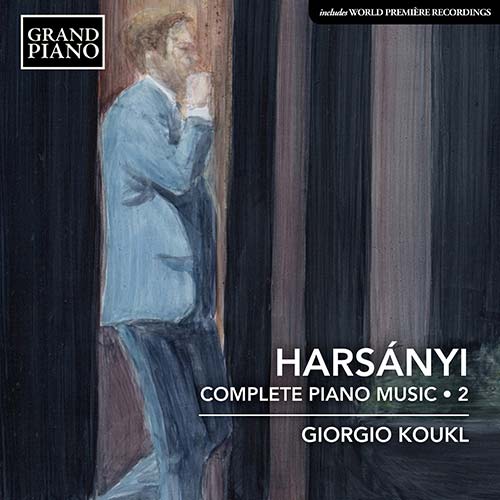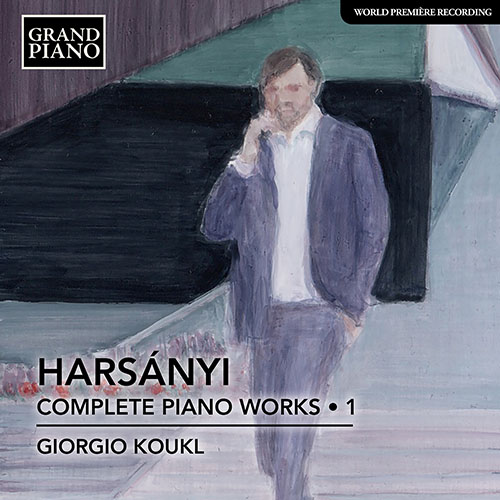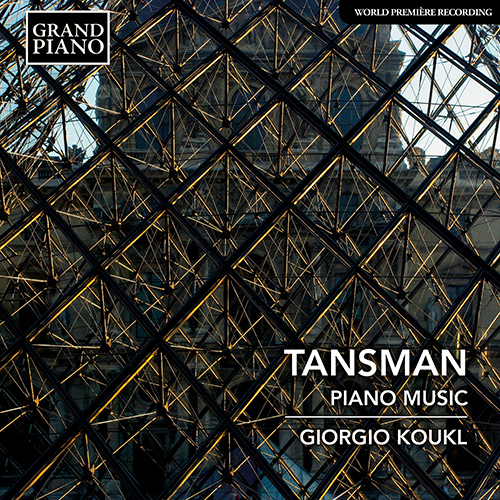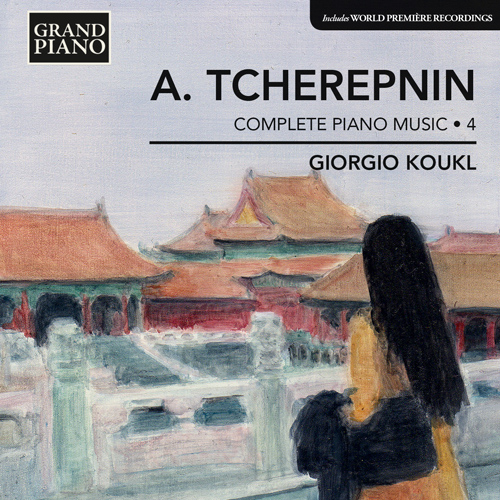TIBOR HARSÁNYI (1898–1954)
COMPLETE PIANO WORKS • 2
GIORGIO KOUKL
‘Tibor Harsanyi, now considered one of the most important personalities of the “École de Paris” group, remained for far too long a perfect stranger on the world's stages and concert halls. He composed virtually all of his music while in Paris and never failed to underline the importance of this city for his inspiration. As he said in an interview, “There have been more musical pieces written in this city than in the rest of the world.”
It is sad to discover the that at the end of his life in post-war Paris, nobody asked for more of his music or about his whereabouts. Even the letter from the French government conceding him, after a long struggle, his French citizenship, which was refused for years with the explanation that “being a composer is not an occupation, there is a logical argument that Mr. Harsanyi is without occupation”...well, this letter arrived to his letter box probably only a few days after his death and was never opened.
It has been my absolute pleasure to revive the piano music of this undeservedly neglected and brilliant composer.’ – Giorgio Koukl

About this Recording
The Hungarian-born composer Tibor Harsányi (1898–1954) is now recognised as an important personality in ‘L’École de Paris’. He had a lifelong interest in modern dance, represented here by the Petite suite and Trois Pièces de danse, and he also embraced jazz, which was part of the Parisian atmosphere of the inter-war period, and other influences, while keeping the Central European rhythms and tonalities of his Hungarian origins. The Trois Pièces lyriques is a rare example of Harsányi expressing torment during the turbulent years of the Second World War.
TOTAL TIME: 72:19

GIORGIO KOUKL
Giorgio Koukl is a pianist/harpsichordist and composer. He studied at both the Conservatories of Zürich and Milan, where he took part in the masterclasses of Nikita Magaloff, Jacques Février, and Stanislaus Neuhaus, and with Rudolf Firkušný, friend and advocate of Czech composer Bohuslav Martinů. It was through Firkušný that Koukl first encountered Martinů‘s music, and is now considerd one of the world’s leading interpreters of Martinů‘s piano music. As a logical continuation of this work, Koukl has recorded the complete solo piano works of Paul Le Flem, Alexander Tcherepnin, Arthur Lourié, Vítězslava Kaprálová, Witold Lutosławski, and more recently, Alexandre Tansman and Tibor Harsányi.
GIORGIO KOUKL’S OTHER RECORDINGS FROM COMPOSERS OF THE ‘ÉCOLE DE PARIS’
– The Art Music Lounge
|
|
– MusicWeb International

|

★★★★★
|
